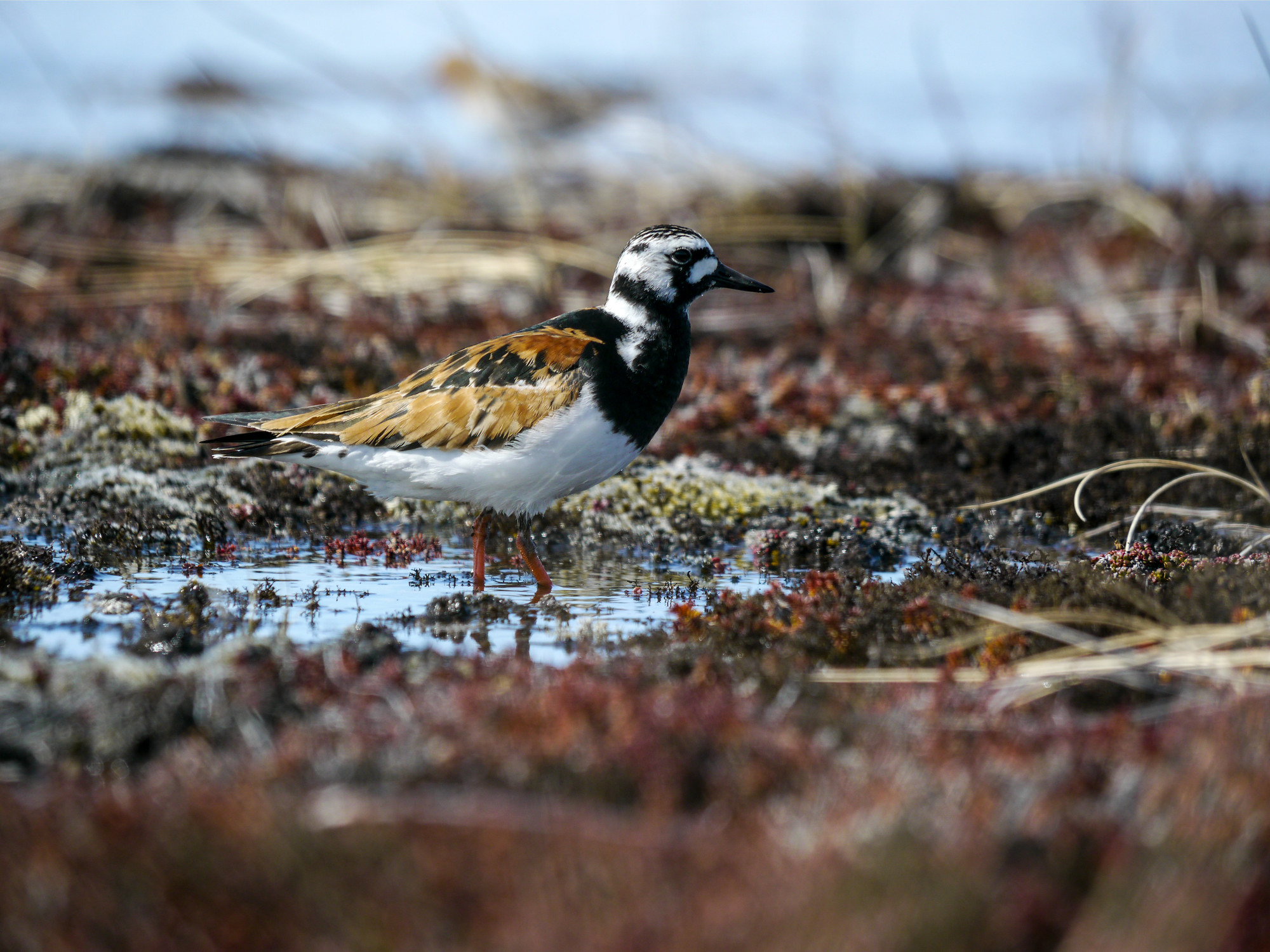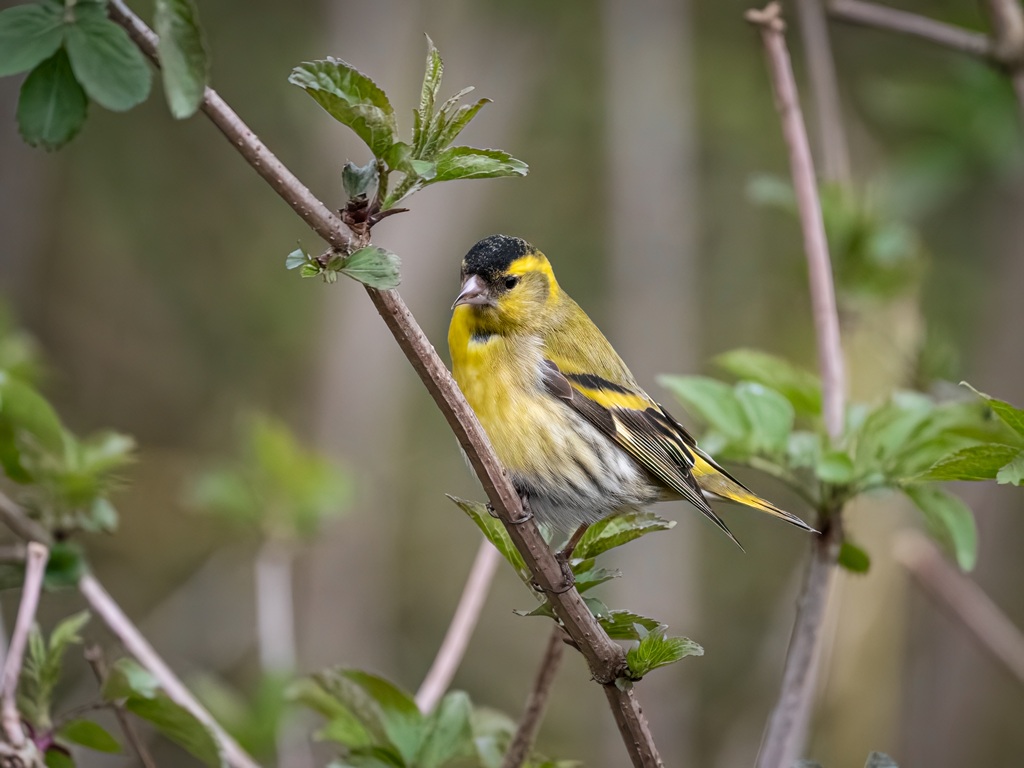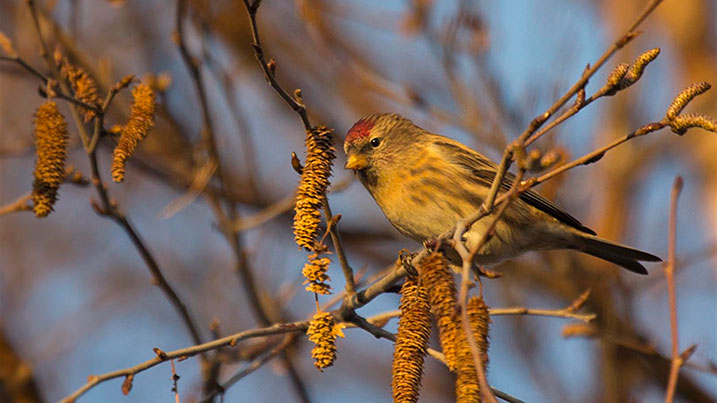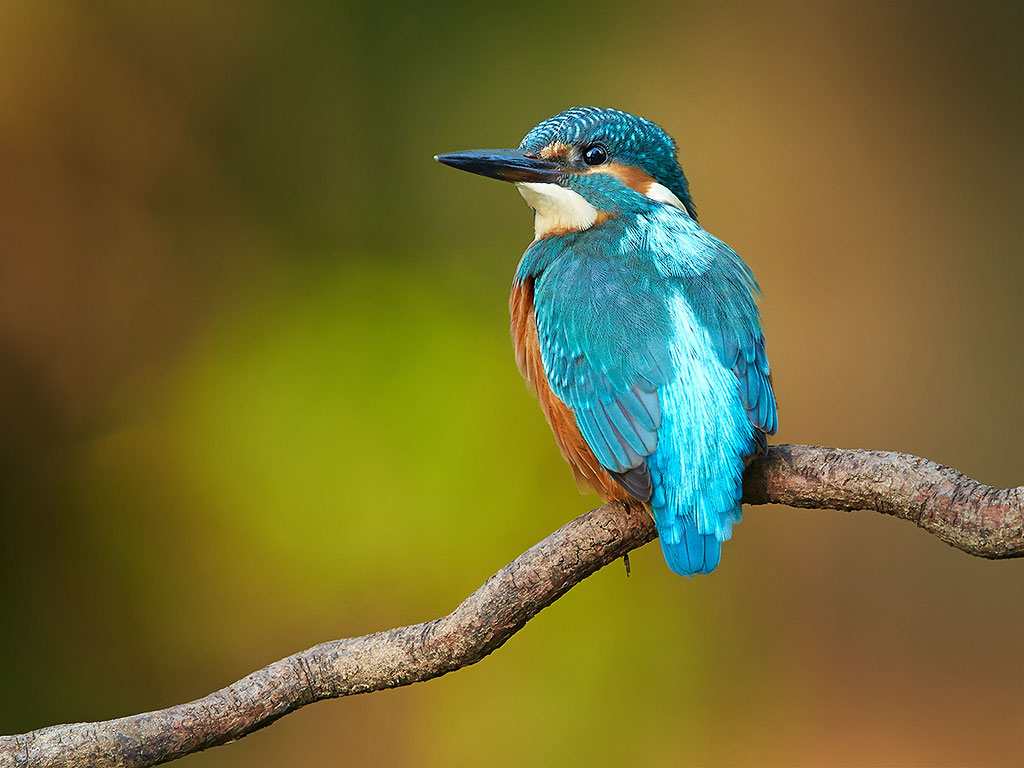Recent Sightings - 20th January 2020

One of the real joys at Castle Espie is being able to watch the tide come in. Or rather, how the birds behaviour changes with the tide. Wildfowl and waders will use the mudflats and the wee rivers to feed when the tide is out. As the tide comes in, the birds are pushed with the tide, feeding hurriedly while there is the opportunity. Waiting in the bird hides as the tide comes in is a wonderful way to get up close with these birds.
When the tide completely covers the shore, ducks and geese will swim out into the lough and wait for the tide to receed. Waders will leave the shore and roost on high/dry land. Some waders, such as Greenshank and Oystercatcher, even come into Castle Espie to carry on feeding around marshes and lakes.
In front of Limekiln observatory you can see some tall rocks which waders will roost on. As the tide comes in the birds begin to congregate on these rocks, and as the sea covers the rocks, they are abandoned. This morning these rocks were occupied by a tiny wader called a Turnstone.
Turnstones are small, only 20cm long, with pale bellied but with dark tops. Which helps they blend in with the stones and seaweed on the shore. They live up to their name and forage for food by delicately turning over stones on the seashore. The males in their breeding plumage, as pictured, are absolutely stunning. However they breed in the high arctic and are only here for the winter.
Look along the shore and the rocks out on the mudflats by the limekiln to spot these beautiful wee birds.
Today's Count was taken at High Tide.
Estuary - visible from the Brent Hide and the Limekiln Observatory
Brent Geese 2, Shelduck 75, Teal 6, Gadwall 5, Eider 2, Redshank 25, Knot c.40, Turnstone c.20
Main lake - visible from Sensory garden and Visitor centre
Mallard 168, Tufted duck 38, Gadwall 11, Mandarin duck 1, Greylag 1, Coot 2, Moorhen 2, Black-headed Gull 1
Shingle Bank - visible from Sensory garden and Visitor centre
Black-headed Gull 43, Cormorant 1, Redshank 1, Gadwall 8, Mallard 9, Teal 2
Wadermarsh - visible from Wadermarsh lookout and Brent Hide
Redshank 9, Greenshank 2, Oystercatcher 2, Black-headed Gull 2
Freshwater Lagoon - visible from Brent Hide and Crannog
Mute swan 2, Mallard 15, Moorhen 3, Coot 2, Heron 1
Saline Lagoon - visible from Limekiln observatory
Little Grebe 1, Greeshank 1, Redshank1, Moorhen 2, Kingfisher 1
Peninsula field and marsh
Black-headed Gull 2, Redshank 2, Song thrush 1
Woodland
Blackbird, Song Thrush, Mistle Thrush, Wren, Dunnock, Robin, Blue tit, Great tit, Coal tit, Long-tailed Tit, Goldcrest, Goldfinch, Chaffinch, Magpie, Jackdaw, Woodpigeon, Sparrowhawk



